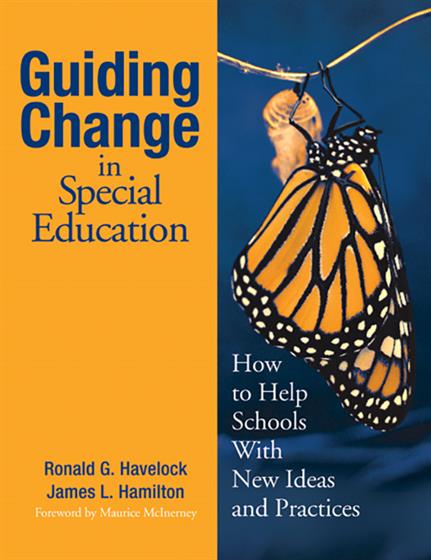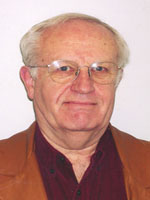Hands-on, Practical Guidance for Educators
From math,
literacy, science, equity, multilingual learners, and SEL, to assessment, school counseling,
and education leadership, our books are research-based and authored by experts
on topics most relevant to what educators are facing today.

Guiding Change in Special Education
How to Help Schools With New Ideas and Practices
Foreword by Maurice McInerney
Create a new reality by guiding your team to successful changes in special education!
Guiding Change in Special Education illustrates the seven stages of school change, then, stage by stage, Havelock and Hamilton provide explanations and advice for incorporating each stage into your change process. At the core of the process are these change agents:
Guiding Change in Special Education illustrates the seven stages of school change, then, stage by stage, Havelock and Hamilton provide explanations and advice for incorporating each stage into your change process. At the core of the process are these change agents:
- Local educators trying to ensure that no child with a disability is left behind
- Parents advocating change because they care deeply about the cause
- Consultants available to help people act more effectively as a team
- Academics able to efficiently pinpoint needs within special education
- The "Linker"—an important player who connects people and resources, finds support, and helps organize the group
Product Details
- Grade Level: PreK-12
- ISBN: 9780761939658
- Published By: Corwin
- Year: 2003
- Page Count: 296
- Publication date: November 13, 2003
Review Copies
This book is not available as a review copy.


